Designed To Innovate: Fiona Bennie
Joseph Maduma
May 16th 2013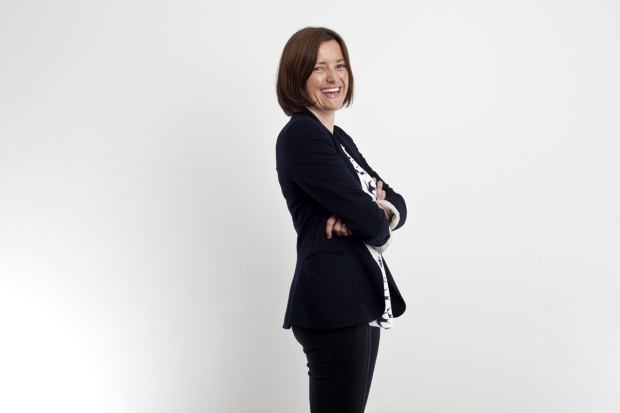
Designed to Innovate is Good Design’s first interview series. It aims to highlight insights, case studies and future trends by means of interviews with some of the thought leaders in the world of design, advertising and branding; Good Design will seek to discover what will shape the social innovation scene in 2013 and beyond.
Designed to Innovate: Fiona Bennie
Head of Sustainability at Dragon Rouge
Fiona leads Dragon Rouge’s work on sustainability and foresight, embedding it across brand strategy, design and innovation. Her work helps companies to generate long-term value from brand-led, product, service and business model innovation – creating outputs that are pioneering for the brand and fit for a sustainable, low carbon future. In her previous role, Fiona led innovation and future scenario projects at sustainable development NGO, Forum for the Future. Her recent clients include Bupa, Unilever, Sony, Akzo-Nobel, Marks & Spencer, Levi Strauss & Co., The Coca-Cola Company and Kimberly-Clark. Fiona holds an MA in Strategic Design from the Milan Politecnico and a Postgrad Diploma in Sustainable Development from Imperial College.
Follow her on twitter
In your own words, what is your definition of innovation?
Somehow the term innovation seems to have been diluted to encompass all manner of incremental improvements, especially in the world of consumer products. For me, true innovation results in novel ways of meeting, and ideally exceeding, needs. And the most exciting innovation should exceed business needs; people’s needs; and our natural environment’s needs too – a win-win-win.
Do you believe that design has the power to change the world, and if so, how?
Yes, I do. And it’s frustrating that some fantastic innovations and ideas are no doubt out there and failing to get off the shelf because they are poorly designed. But the most important role I see for design is broader than some traditional design activity. Too often design is seen as only a discrete part of a system or business model. Designers get involved to create products, communications or specific service solutions. But with more collaboration happening and greater attention being paid to whole systems – like food, energy and transport – design has a crucial role to play in knitting together and bringing to life business models fit for a sustainable future. Good design is important, but if it exists within a fundamentally flawed system, how ‘good’ can it ever really be? Design the system. Not just the product or service.
"Design has a crucial role to play in knitting together and bringing to life business models fit for a sustainable future."

What are the key attributes that brands will need to survive in the future?
A month ago we published our first book, Business is Beautiful, which outlines five hallmarks for success. Not success at any cost, but the kind of success that creates value far beyond the bottom line. These hallmarks are intimately related to sustainability: integrity; curiosity; elegance; craft; and prosperity. We’re seeing companies that live and breath these “softer” attributes as well as the traditional business ones, create all kinds of additional value to their business and brand. They are clear about what their purpose is and the role that they have to play in society and within the environment they rely on for resources. The stories in the book are a wonderful testament to the benefits of being a brand that creates shared value.
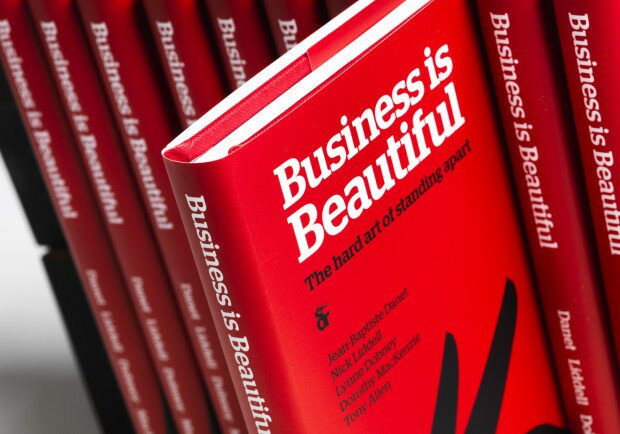
How can looking into the future help designers to generate sustainable innovations?
Hanging out in the future is a lot of fun. It opens doors and minds and creates no end of debate. Future scenarios are fantastic stimulus for designers, providing plausible constraints and no end of inspiration. We had a lot of fun making the Brand Futures concepts, generating ideas for what brands like Primark, Morrisons and EasyJet might be like in 2030. Thinking that far ahead means today’s limitations, like infrastructure and incumbent consumption patterns dissipate – giving us the freedom to imagine and bring to life entirely new business models that surprise and delight in unforeseen ways.
"Future scenarios are fantastic stimulus for designers, providing plausible constraints and no end of inspiration."
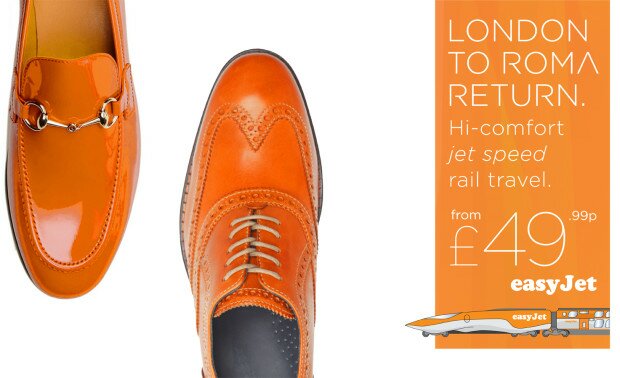
Which challenger brand currently on the market really demonstrates an engaging experience of sustainability through design for the consumer and why?
Happily there are several to choose from now. BMWi is making business model innovation look like a breeze (not to mention extraordinarily sexy); Method is reshaping our relationship with cleaning our homes and winning hearts and minds through stunning design; emergent food brands like Glenilen Farm and FarmDrop are getting consumers excited about more local ways of consuming the food they love; and US fast-food brand, Chipotle, is championing “food with integrity”. What these brands all have in common is a lack of eco. They aren’t shouting about being sustainable or environmentally friendly. They position themselves as desirable, innovative alternatives and therein lies the secret to their success.
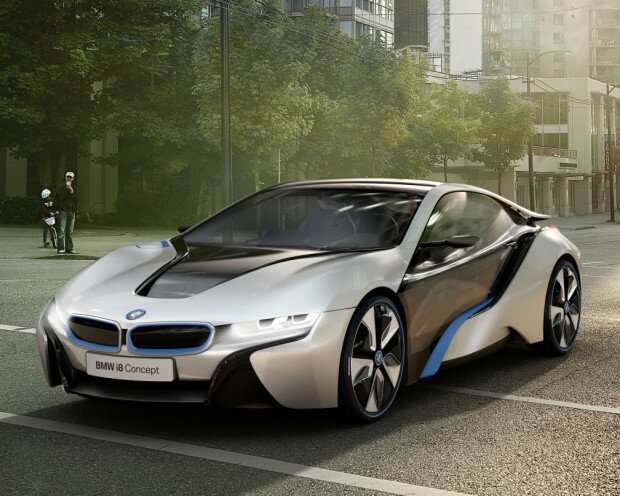
How can design create engaging experiences that can inspire real behaviour change?
Designing real behaviour change begins with a desire to understand people, not consumers. Threadless is a lovely example of this – the community of designers, artists and buyers is the vibrant hub of activity and interaction that makes the business what it is. Highly people-centric, they say, “You are Threadless. You make the ideas, you pick what we sell, you're why we exist.” The business model grew organically and has been designed to engage people from the start. Their seamless model for on-demand manufacturing, of independent artists and designers, voted in by the masses is not only efficient from a manufacturing perspective, but highly original from a fashion perspective too.
Businesses like ASOS Marketplace and Zappos have designed new ways of shopping that bring the closed-loop fashion model tantalisingly close. And with even more ambition, the kind of structural supply chain innovation we discuss in the Primark 2030 concept could completely change the way we buy our clothes.
"Designing real behaviour change begins with a desire to understand people, not consumers."
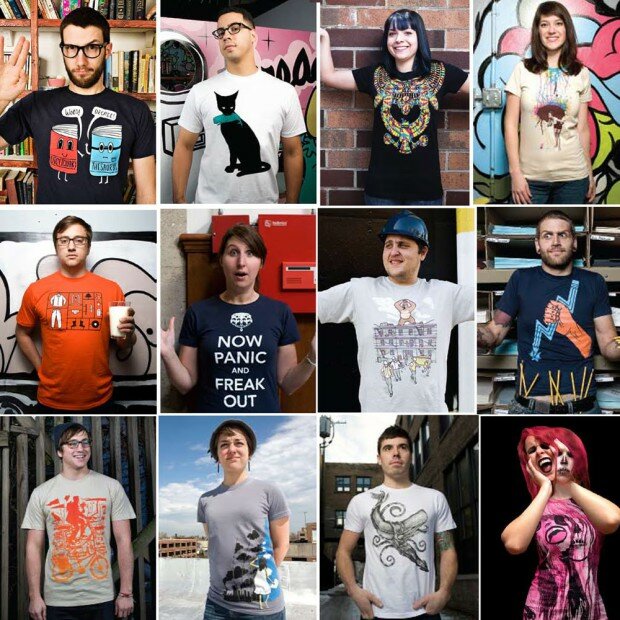
A strong internal work culture is vital in creating real innovation. Can you give us some examples of how your internal culture at Dragon Rouge helps innovation to flourish?
We are the largest independent design and innovation network in the world. And with that independence comes the freedom to define how we work and what we work on. This drives an innovative culture, rich in curiosity and not bound by overly rigid ways of working. From a sustainable innovation perspective, being a mainstream agency is extremely important. We are not sustainability experts first and foremost – we are brand, marketing, design and innovation experts with a deep understanding of and over 20 years experience in sustainability. There are too many sustainability experts working in isolation – some CSR teams are prime examples. Designers and brand experts have been helping to sell dreams, aspirations and novelty for decades – we need them to sell sustainable alternatives too. If something is not desirable then it’s not sustainable either.
An innovative idea has the power to be world changing. But it is no use if it cannot be scaled. Can you name any examples of big ideas scaled well? Or are there any scaling up approaches that you would like to see applied more to achieve change at a mainstream level?
I’d like to see the bigger brands experiment more. Over 90% of innovations fail, but most of those innovations are incremental and relatively inconsequential. Companies pioneering new business models are also pioneering new ways to scale them. We tell the story of Narayana Hrudayalaya hospitals in Business is Beautiful – they are an inspiring case in point. Dr. Devi Shetty is a surgeon on a mission to make heart surgery affordable and accessible. By founding the hospitals, he has set out to revolutionise healthcare in India with a novel business model based on both quality and fast-paced scale. He is proving that the higher the quality of care, the lower the cost of that care – this is not conventional wisdom, but it’s working. The business has grown from one hospital in 2001 to a thriving network in India today and in seven years time he expects to have over 30,000 beds across Asia and Africa. He is achieving this through both business acumen and several “softer” approaches. His clients are not patients, but customers, and customer feedback and service is a built in priority. He believes in the power of a happy and motivated workforce and considers doctors as artists, not scientists, who need a creative environment in order to excel. Support staff are encouraged to feel a sense of ownership for the hospital they work in – so customers gain hospitality, not service from them.
This story demonstrates two important things: The importance of having a purpose to scale, beyond financial growth; and how much the developed markets can learn from nimble emerging ones. The network of hospitals is financially successful and it has to be to support it’s primary purpose, which is to radically reduce the cost of care and scale-up to reach those who 15 years ago could only have dreamed of accessing life-saving surgeries.
"I’d like to see the bigger brands experiment more. Companies pioneering new business models are also pioneering new ways to scale them."

10 years from now what major changes do you hope to see as a result of sustainable innovation? What is your vision of a better future?
I could go on forever but I’ll pick a few things I’d like to see, that I think have a particularly crucial role for design in order for them to come to life:
> Getting the train is not more expensive, or less desirable than driving (design desperately needs to be applied to the whole user journey, not just the seats – especially across the whole EU network)
> It is practical and affordable to lease white goods, electrical goods and other ‘big stuff’ for our homes. When we want to upgrade or they break, they head straight back to Argos, John Lewis or Dixons to be repurposed, disassembled and/or repaired. (Design has a fundamental role to play right at the start of the consumer goods lifecycle – designing for disassembly and remanufacture kicks off the cycle for closed-loop business models. The circular economy debate is heating up and the RSA’s Great Recovery project is looking in particular at design’s role in making it come to life.)
> Part-time vegetarianism is cool and obesity has drastically reduced in scale, not grown as projected (design applied at a broader level can help to create a stronger relationship between people and food, and help disruptive innovators to be visible in a highly competitive market)
> Technology has not engulfed us or nature, but has instead made our relationship with nature stronger and more appreciated (design can make technology invisible or visible and if applied at a system level can help to create boundaries that enable us to ‘switch off’ as well as ‘switch on’.)
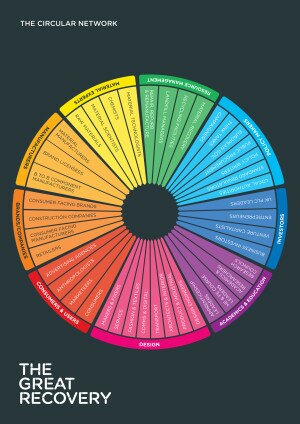
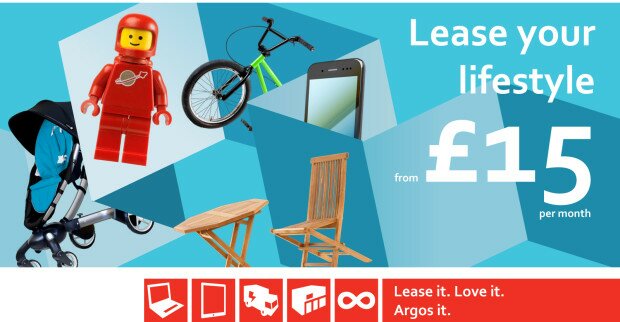
When you retire, what world changing innovation would you like to leave behind or say you have contributed to?
If I have to pick one… I would love to help create a mainstream, closed-loop fashion business model. People are highly influenced by fashion and its value chain stretches far across global communities and markets, so the potential for positive impact is immense. Creating aspirational, low-impact business models that distribute value fairly, make everyday people look and feel great and put to good use the mountains of waste the current industry is creating would certainly help me to sleep well in my nineties!